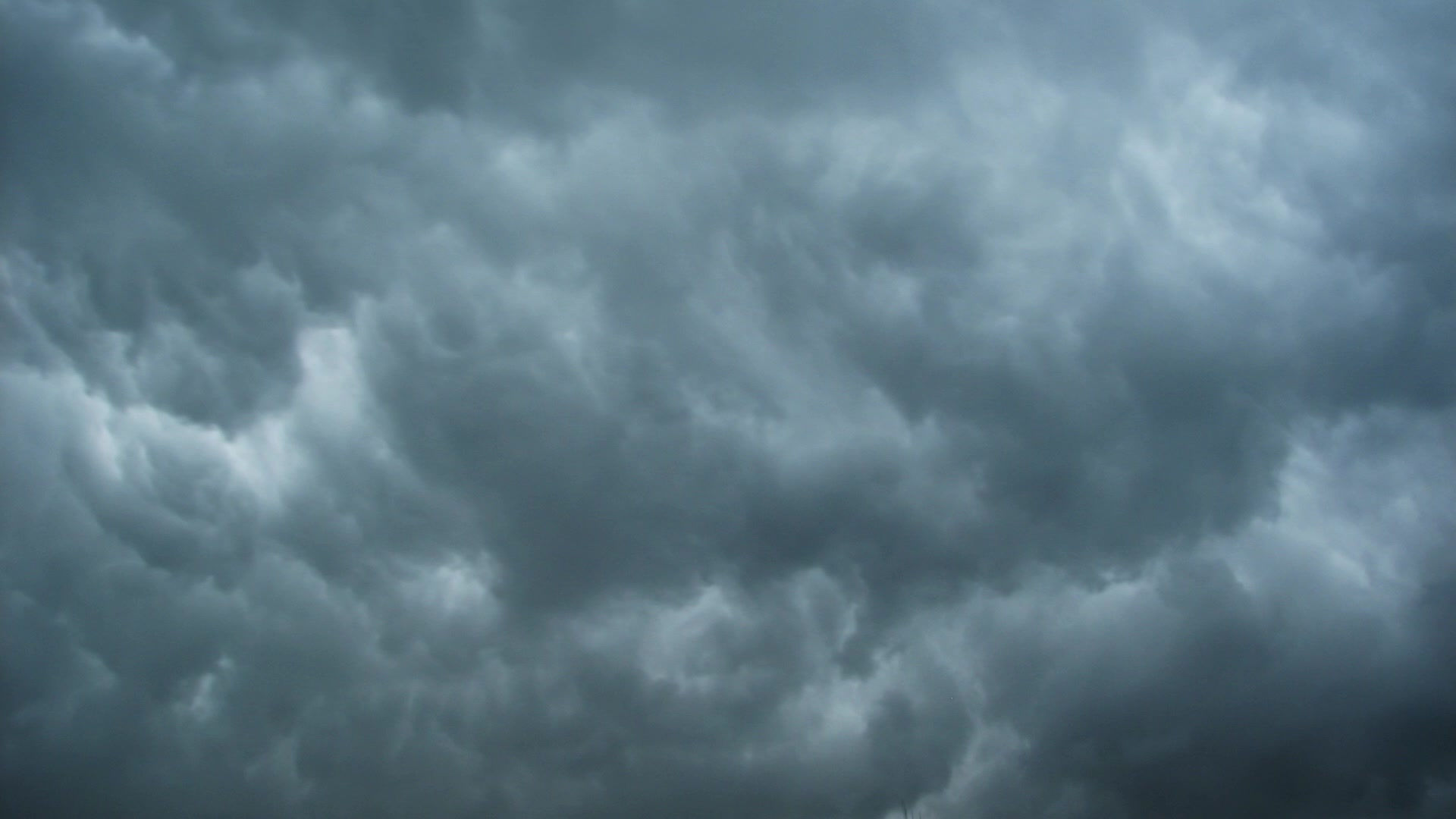Falconry in Scotland
- AK
- May 26
- 2 min read
Falconry has been practised in Scotland since Pictish times at least (as shown by carvings in the cathedrals of Elgin and St Andrews). But the sport arguably reached its peak in the 1500s. By the end of that century, firearms took over but until that point, hunters used birds of prey to do their dirty work and hawks were a huge part of popular culture.

Importantly, there was quite a strict social delineation of which birds could be used by whom. Only kings and lords were allowed peregrine falcons; ladies flew merlins; ordinary men employed hobbies; priests hunted with sparrowhawks; and then the poor were left with kestrels (which I always think of as rather beautiful creatures but were looked down on back then).
Regardless of species, the training process was laborious. Falconers had to make their birds habituated to humans, so took them everywhere, even to dinner or to church (although this was frowned upon). To facilitate this, I’m afraid to say the hawks’ eyes were sewn up (or ‘seeled’). Then, when they trusted their owners, the stitches would be undone and a hood would be used. Gradually, the birds would be given more and more freedom but always reinforced by a treat when they returned to their master. For that reason, falcons were always kept hungry before a hunt.
Hawking has featured in both my books so far. In The Trail of Blood, the word ‘falcon’ causes some confusion as it could also refer to a suit in a deck of cards – or a type of cannon. In The Dance of Vipers, the sport appears more literally, with Antoine helping to teach the basics to the young King James V at Craigmillar Castle.
Although I invented that episode, James grew up to be a keen falconer and once caused some alarm by following his hawk into England, on a hunt. He was intercepted by the local border guards and, as it was a rare moment of peace on the frontier, they invited his party to share some food and drink.




Comments